Sony PS-HX500 review: is now the time to join the vinyl revolution?
With a turntable that enables you to rip records in the very highest fidelity, we think it very well could be...

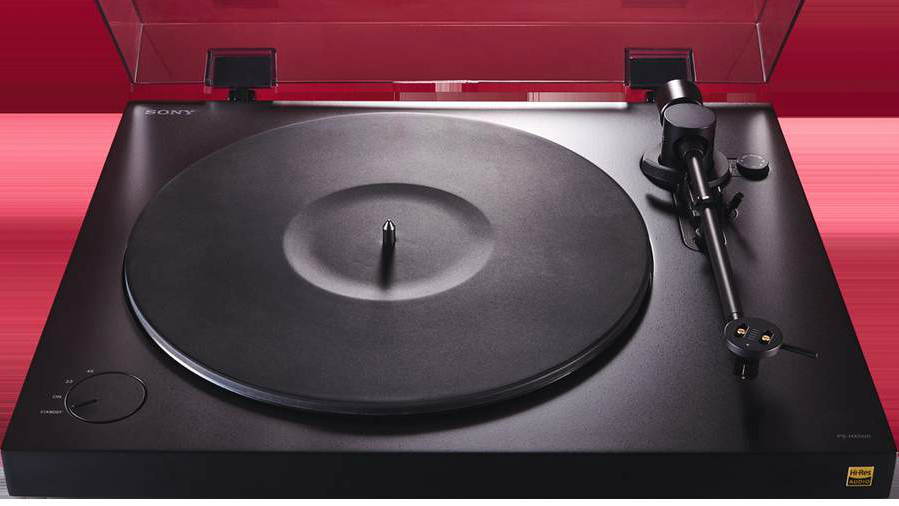
-
+
Hi-Res DSD recordings
-
+
Minimalistic design
-
-
Expensive compared to rivals
-
-
Bare-bones recording software
Why you can trust T3
There's something incongruous about Sony's midnight-black PS-HX500 turntable. The plinth sports a golden Hi-Res Audio badge, which denotes the highest of fidelity. But can an analogue turntable claim membership of audio's elite club?
Sony is no stranger to the world of vinyl, having made record decks since the late Sixties. However, this new release sets itself apart from the rest, offering owners the ability to rip their platters in double-DSD format – a world first. You can also record in DSD 2.8Mhz or WAV. While there's no low-bit-rate option (heaven forfend), once you've captured your file as a WAV, there's nothing stopping you from slumming it with MP3 via additional compression software.
Delicious design
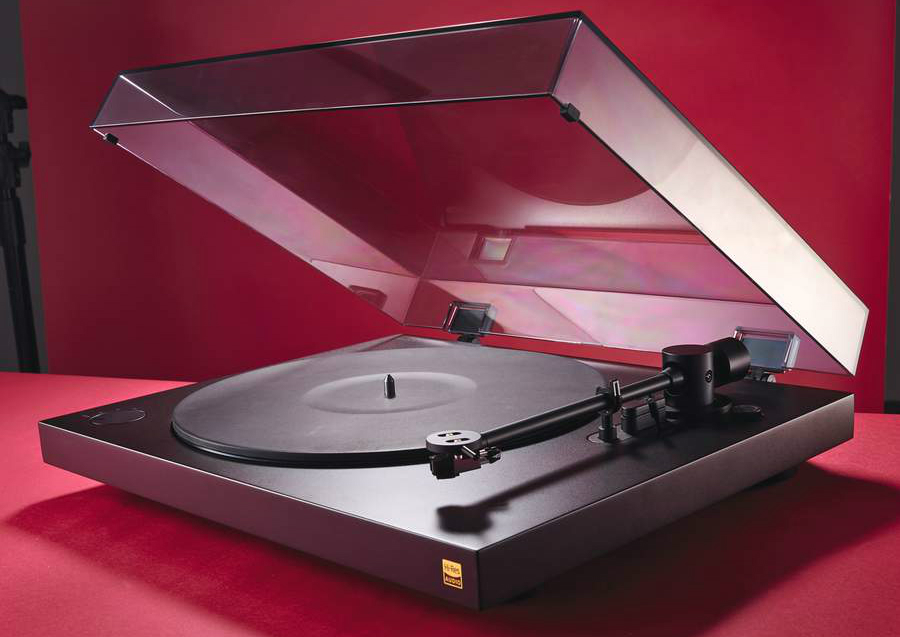
At first glance, the PS-HX500 looks not unlike other modernistic decks. The clean lines and straight tone arm have a whiff of Rega about them. But this is all Sony's work, from the motor system and electronics to the ruler-straight tone arm.
Build quality is top-notch, with some lovely attention to detail. Consider the turntable mat – a full 5mm thick with a dimple in the centre. Given that records are a bit thicker in the middle, thanks to the label, this affectation enables them to sit perfectly flat.
The 30mm plinth is made from heavy-density fibreboard, and is satisfyingly solid. Sony insists that the dust-cover shape was chosen because it was deemed to sound better than alternate designs. We'll take that with a pinch of salt – the important thing is it pops on easily enough, and doesn't interfere with the listening experience.
The turntable sports a two-speed (33 1/3 and 45rpm) rotary dial with a Standby mode. When switched on, the electrical circuit activates and any computer connected to the USB is alerted to the turntable's presence.
Connections include an analogue stereo line output, with a GRD terminal if needed, plus USB-B for PC hookup. There's also level adjustment available from the insulator feet.
Set-up doesn't take long at all. Just place the die-cast platter and loop the belt drive, pop on the counterweight and balance it, adjust the bias compensation wheel, and off you go. While it's possible to pimp the deck with a new cartridge, the appeal of the PS-HX500 is that it's box-ready.
The turntable boasts a separate phono equaliser – it's literally bolted onto the undercarriage, and can be toggled via the back panel. This is obviously helpful, as many middle- to low-end AV receivers and amps over recent years stopped including a vinyl phono stage. Here, you can treat the deck as a regular line-level source. You can even plug it directly into a wireless multi-room speaker system and network your records.
The player comes with an outboard power supply, which has the added benefit of isolating the supply to keep electrical noise levels down.
The straight tone arm looks great; not only does it seem rather more fashionable than a J- or S-shaped arm, it tracks really well. Inevitably, most vinyl discs are far from flat, but the PS-HX500 had no problem riding them. The counterweight is machined from solid brass. Similarly, the twospeed belt drive uses a brass capstan.
Hi-res audio, anyone?
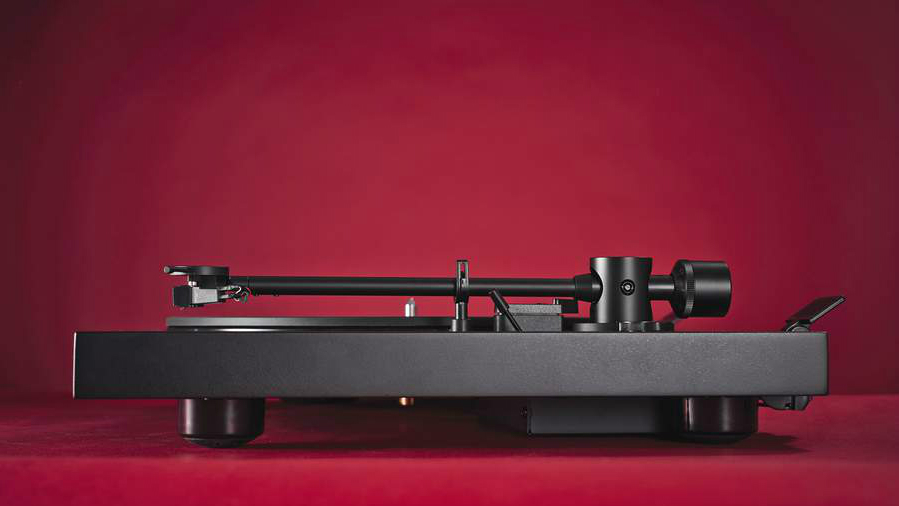
The PS-HX500 is uniquely appealing in that it enables you to archive that first pristine needle drop for posterity, in the best-possible audio-recording format currently available. You're then free to spin your record as often or as little as you like, or listen to the file with either portable hardware or a NAS-based media-playback system.
The software is extremely simple to use. Downloadable from the Sony website, it's available for both Windows and Mac, and is exclusive to the PS-HX500 – the software automatically handshakes when it's connected to the player. The interface is clean – just a stereo timeline with big record and pause buttons.
In the Settings menu, you get to choose your recording format, which can be either linear PCM WAV or DSD at 2.8MHz or 5.6MHz. Before opting for the latter, make sure your playback hardware of choice supports Double DSD. Generally, DSD 2.8MHz has greater compatibility, and there's no obvious sonic compromise. This 1-bit recording system has a huge dynamic range with an extended frequency response, and is more than capable of capturing the output of the deck.
Mac users are used to having native Hi-Res Audio support. Windows is far less elegant and usually requires the addition of arcane drivers. Not so here. The ASIO driver required for DSD recordings is built into the Sony download. There's no need to faff about installing anything extra.
Typically, you'd start a recording and then lower the pick-up arm; back-ups can be split with track markers, which can be added or deleted at will. WAV bit-depth and sampling frequency can be set independently, either 16- or 24-bit with 44.1kHz, 48kHz, 96kHz or 192kHz sampling. Both PCM and DSD signal processing are separate at circuit level.
Maximum recording time is 80 minutes per session. Once you've recorded your tracks, you can add markers to separate the recordings and then write the files to a destination of your choice. Remember to pause, not stop, your recordings, because then you can make an album out of your content. If you stop the recording, the album is then finished. Start again and it'll create a new album file.
There's no other editing functionality provided, so you'll need a third-party package to tag and add metadata, art and so on (MP3 Tag now supports WAV, for what it's worth).
Music to our ears
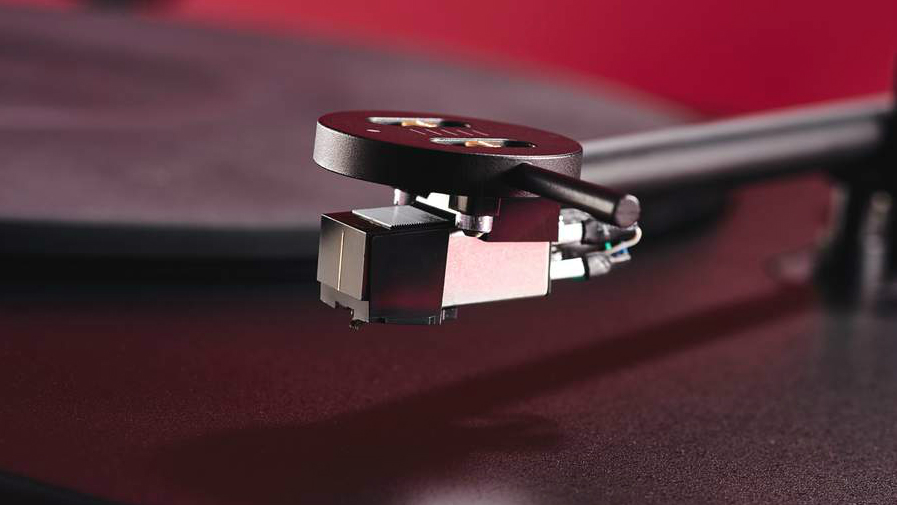
The PS-HX500 is a delight to drive. There's a seductive ease to the playback ritual, and everything feels supremely well-oiled. The cartridge drops with slow grace, and speed selection is seamless – there's no sense of rotational chugging. The spindle motor is exquisitely smooth.
Sonically, the turntable is terrific. Straight out of the box, there's no sense of sibilance or stridency. This is a very mature, relaxed listen, with grin-inducing musicality.
Classic rock from Rush (Caress Of Steel, a lovely gatefold) enjoys pinpoint imaging, while the jangly guitars of acid-folk pioneers Pavlov's Dog (Pampered Menial) have almost three-dimensional depth. Much is made of vinyl's inherent warmth, but what we really appreciated here was the sense of air and spatial depth in the HX500's soundstage. Musicians appear to occupy physical space between the speakers. And there's no penalty for vintage. A hand-me-down disc of maverick jazz musician Stan Kenton (Kenton In Hi-Fi), released in the mid-Fifties as a stereo conversion from mono originals, is astonishingly bright and lively. There's genuine energy undulating from the grooves.
While we don't subscribe to the notion that vinyl is the ultimate music format, there's no doubt that owning and playing it is fun. And we'll concede that there's a petulant vitality to Clash City Rockers (The Clash, natch) that only vinyl really seems able to do full justice to. Perhaps Sony's mash-up of 12-inch albums and DSD encoding really is the best of both worlds?
Certainly, DSD and Hi-Res WAV rips offer a complete mirror of the original playback experience. While it's easy enough to edit out that needle-landing bump, we rather like to keep it in place. It also puts the inevitable crackles in context.
If we did have a niggle with the PS-HX500, it's that the line-level output from the turntable seemed a little down on other sources routed through our system, but this seems like a very small nit to pick.
It must be love
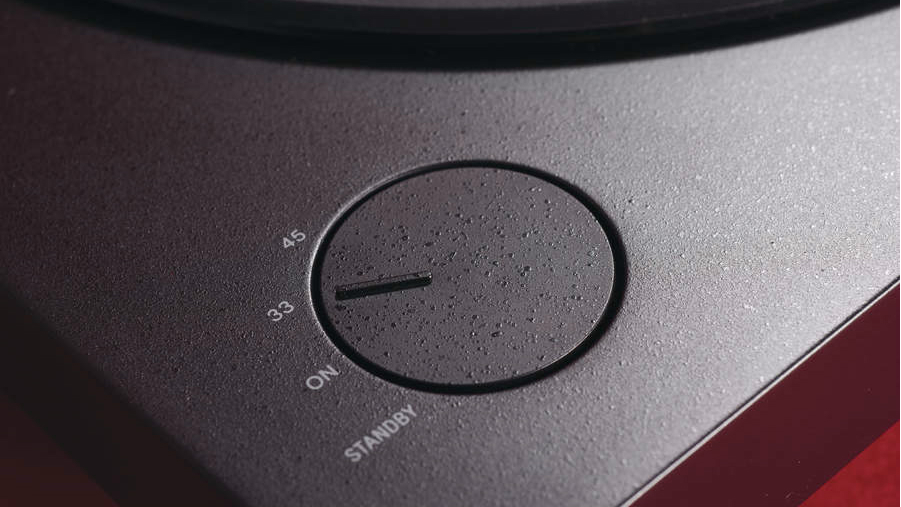
Overall, the PS-HX500 is a marvellous turntable. We love the minimalistic design and the sheer joy that comes from operating it – there's something deeply cathartic and relaxing about nursing a platter onto the Sony's mat. Combine that with masterful musicality and the simplicity of the Hi-Res Audio recording software, and you have a nigh-on irresistible marriage of form and function that we'd love to be a part of. Retro has never seemed so right-on.
Specifications
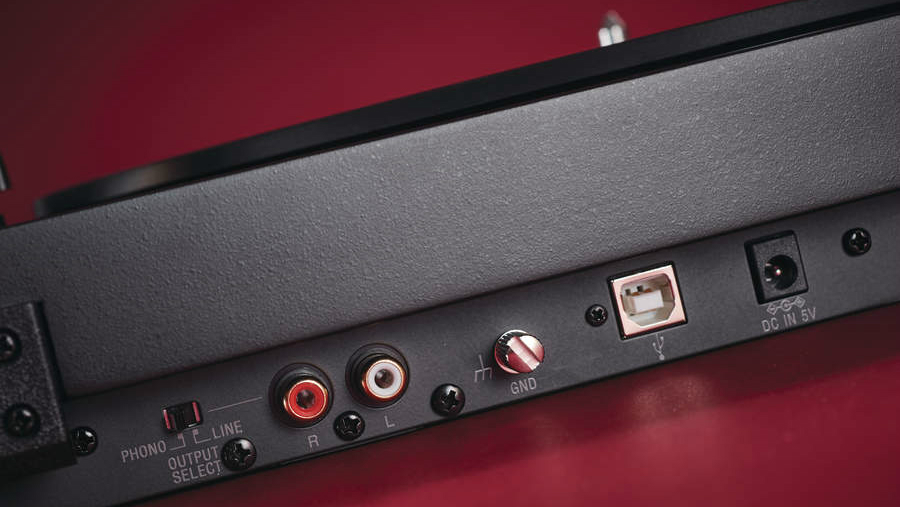
- Price:£450
- Motor system:Belt drive
- Speed:33 1/3; 45rpm
- Integrated phono equaliser:Yes
- Connectivity:Analogue stereo outputs; USB-B
T3 Verdict

We love the stunning Hi-Res DSD recordings. Excellent audio performance. It also has a beautiful minimalistic design. It is, however, expensive compared to non-DSD rivals and may look too understated for fashionistas. The recording software also is a bit bare-bones. Yet, overall, the PS-HX500 is an inspired mix of cool turntable design and cutting-edge audio.
Sign up to the T3 newsletter for smarter living straight to your inbox
Get all the latest news, reviews, deals and buying guides on gorgeous tech, home and active products from the T3 experts
T3.com is one of the UK's leading consumer lifestyle websites and T3 magazine is its print counterpart. You can follow us on Twitter, Facebook and Instagram.
We present products in helpful buying guides and carefully curated deals posts across style, living, auto, smart home, watches, travel, fitness and more. We're delighted that 38,000 people buy a copy of T3 magazine every month.
-
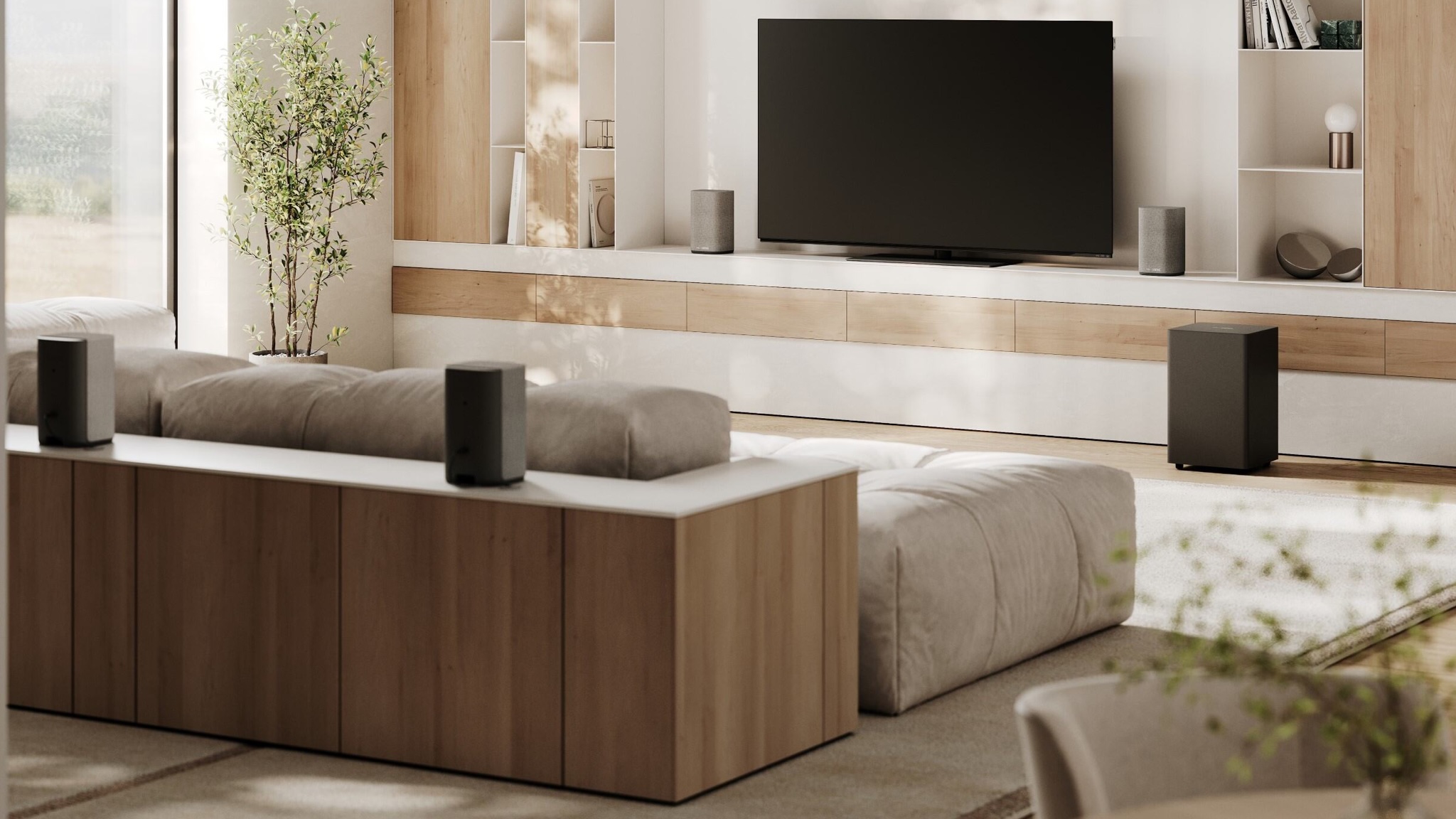 Loewe wants to give your home cinema experience a BOOST
Loewe wants to give your home cinema experience a BOOSTWe.BOOST promises "the ultimate cinema sound experience" with wireless plug and play
By Carrie Marshall Published
-
 Garmin unveils its first cycling headlight with a built-in camera with automatic incident detection
Garmin unveils its first cycling headlight with a built-in camera with automatic incident detectionThe Varia Vue also has automatic brightness adjustment and a cut-off beam
By Bryony Firth-Bernard Published
-
 Sculpt your arms and shoulders with this low-impact, strength-style Pilates workout
Sculpt your arms and shoulders with this low-impact, strength-style Pilates workoutThese four simple dumbbell exercises will help leave your upper body toned and stronger
By Bryony Firth-Bernard Published